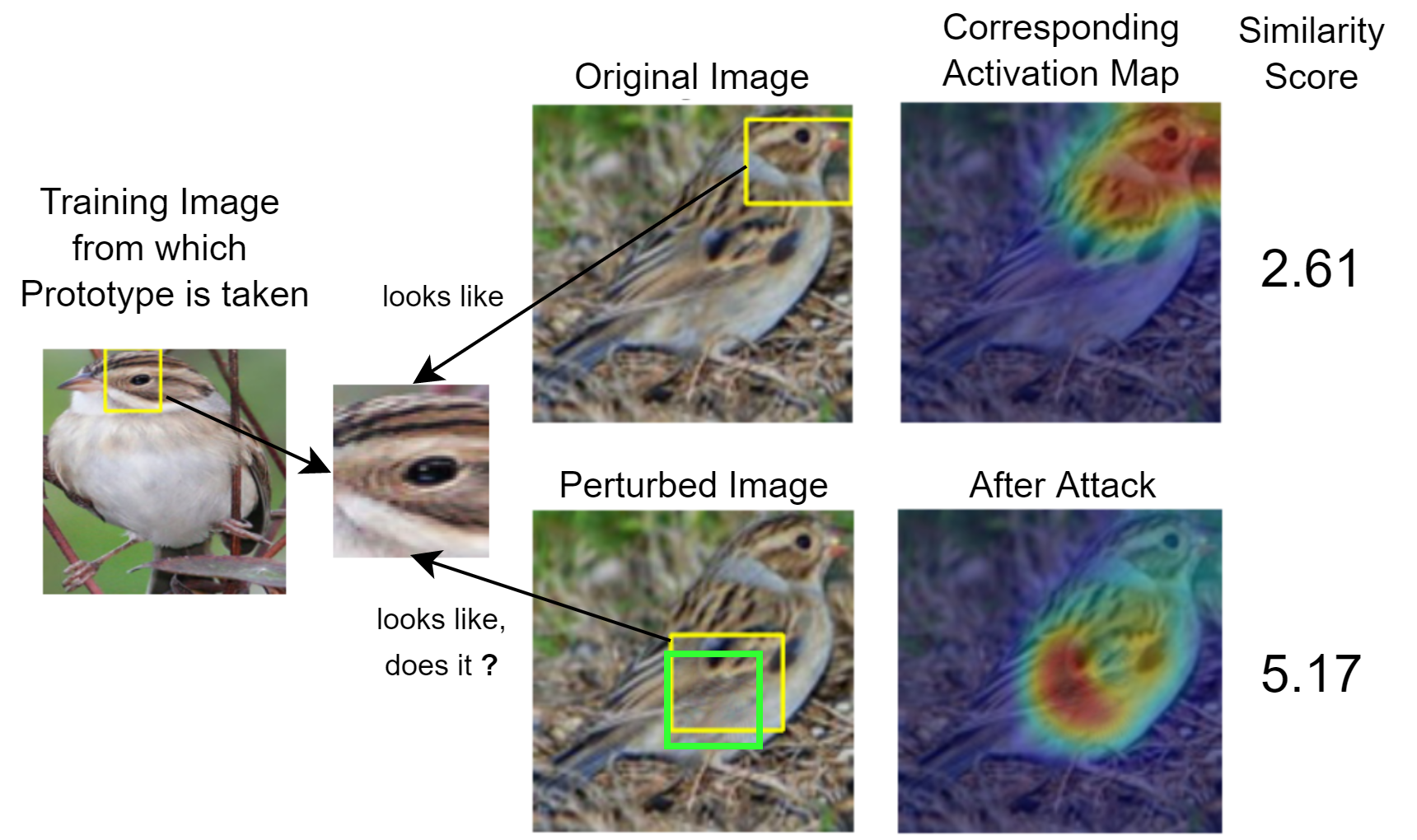This Looks Like That... Does it? Shortcomings of Latent Space Prototype Interpretability in Deep Networks
Deep neural networks that yield human interpretable decisions by architectural design have lately become an increasingly popular alternative to post hoc interpretation of traditional black-box models. Among these networks, the arguably most widespread approach is so-called prototype learning, where similarities to learned latent prototypes serve as the basis of classifying an unseen data point. In this work, we point to an important shortcoming of such approaches. Namely, there is a semantic gap between similarity in latent space and similarity in input space, which can corrupt interpretability. We design two experiments that exemplify this issue on the so-called ProtoPNet. Specifically, we find that this network's interpretability mechanism can be led astray by intentionally crafted or even JPEG compression artefacts, which can produce incomprehensible decisions. We argue that practitioners ought to have this shortcoming in mind when deploying prototype-based models in practice.
PDF Abstract




 CUB-200-2011
CUB-200-2011